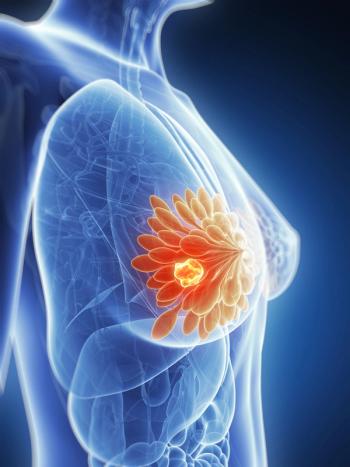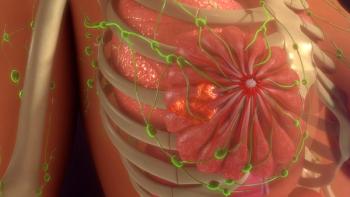
Yazeed Sawalha, MD, on Use of Autologous Stem Cell Transplant in Mantle Cell Lymphoma
Yazeed Sawalha, MD, discusses how often autologous stem cell transplant is utilized in patients with mantle cell lymphoma.
CancerNetwork® spoke with Yazeed Sawalha, MD, a hematologist at the Ohio State University Comprehensive Cancer Center–The James, about how frequently autologous stem cell transplant (ASCT) is utilized in patients with mantle cell lymphoma (MCL).
Sawalha noted that a small number of patients receive ASCT, which could be attributed to patients with MCL being of an older age with more comorbidities. However, even younger patients under the age of 60 years seldom underwent treatment. This could be attributed to socioeconomic factors, or patient and physician preferences, Sawalha concluded.
Transcript:
We found that, overall, only a minority of patients with MCL actually underwent autologous stem cell transplant—just 17%. Now, this might not be surprising to a lot of people, because the median age of MCL is usually mid to late 60s, and so many patients would be ineligible for transplant just based on age and having comorbidities. Even when we looked at younger patients—patients younger than the age of 60—less than one-third of them underwent ASCT.
I thought that was an interesting finding. I think socioeconomic factors can influence that possibly. But I think patients' and physicians' preferences probably play an important role here, even though we couldn't specifically address that in our study.
Reference
Sawalha Y, Radivoyevitch T, Jia X, et al. The impact of socioeconomic disparities on the use of upfront autologous stem cell transplantation for mantle cell lymphoma. Leukemia & Lymphoma. Published online September 15, 2021. doi:10.1080/10428194.2021.1978085
Newsletter
Stay up to date on recent advances in the multidisciplinary approach to cancer.





















































































